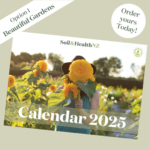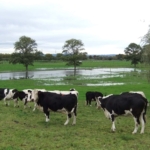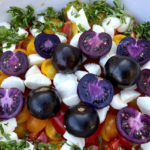 https://soilandhealth.org.nz/wp-content/uploads/2025/11/hand.touching.clear_.flowing.water_.jpg
853
1280
membership
https://soilandhealth.org.nz/wp-content/uploads/2024/09/Soil-and-Health-Association_logoFA-web2024.jpg
membership2025-11-18 17:44:172025-11-18 18:09:28Soil & Health Submission on the ‘Draft Inputs Notice for Generic Substances’
https://soilandhealth.org.nz/wp-content/uploads/2025/11/hand.touching.clear_.flowing.water_.jpg
853
1280
membership
https://soilandhealth.org.nz/wp-content/uploads/2024/09/Soil-and-Health-Association_logoFA-web2024.jpg
membership2025-11-18 17:44:172025-11-18 18:09:28Soil & Health Submission on the ‘Draft Inputs Notice for Generic Substances’Our Mission
We champion society’s collective responsibility to protect the health of our soils for future generations. We do this to promote the development of the best physical health and spiritual well-being of all people.
Our guiding principle is oranga nuku, oranga kai, oranga tāngata / healthy soil, healthy food, healthy people.
We advocate for organic and regenerative production that works with nature and avoids synthetic fertilisers and pesticides. We’re the largest flax roots membership organisation supporting organic food and farming in New Zealand.
Established in 1941, we’re also one of the oldest organisations of our kind in the world.





